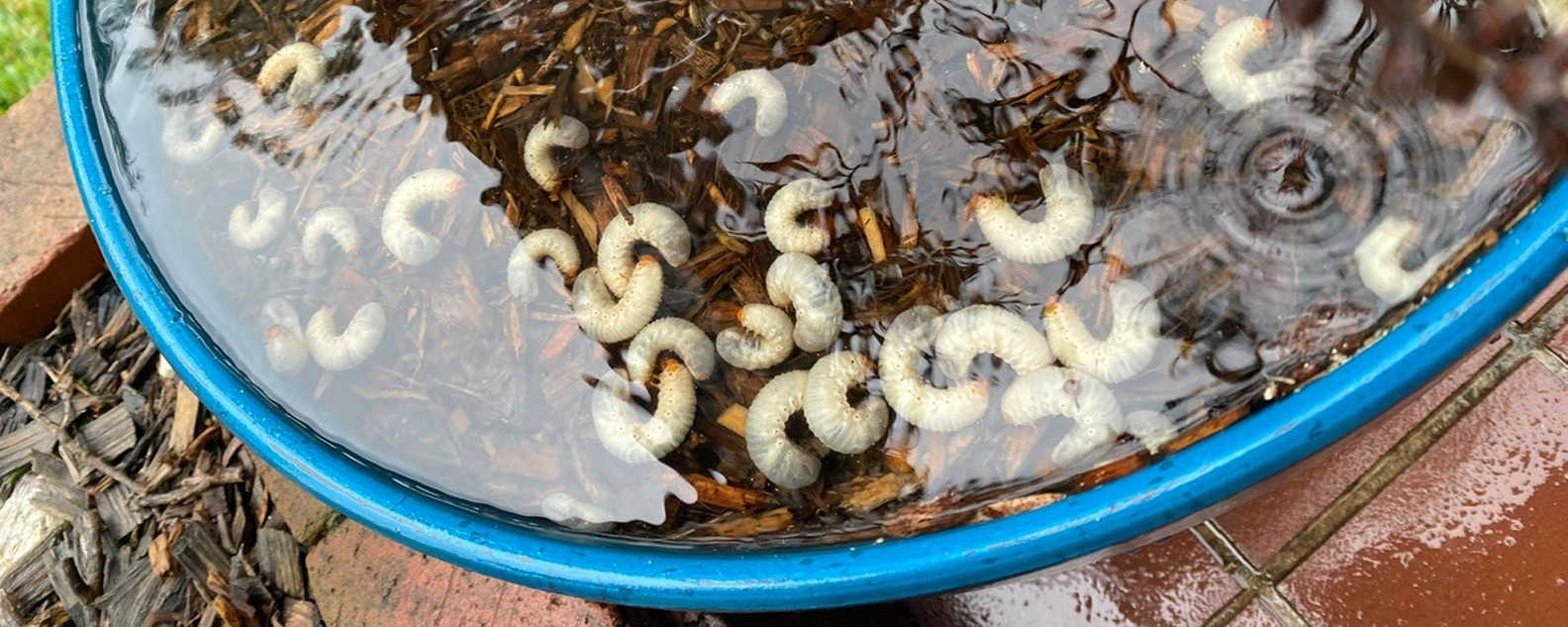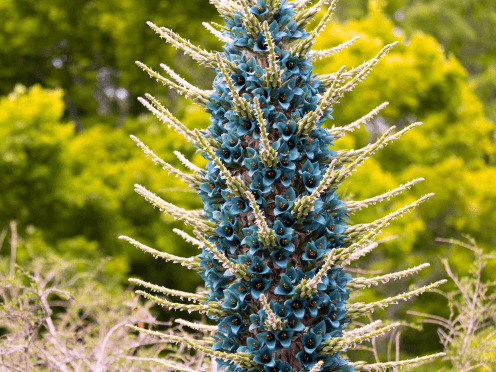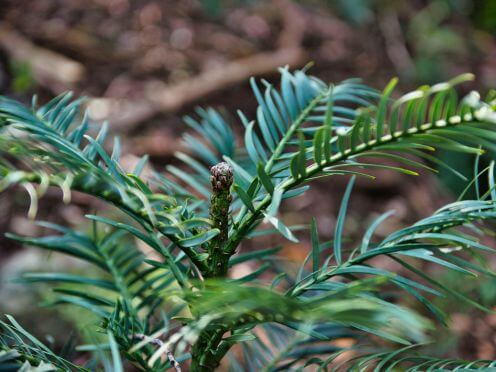'Alien' grubs surface in plants
People are reporting "alien-like" grubs surfacing in their pot plants.

The curl grubs are larvae of the blackheaded pasture cockchafer that are surfacing as a result of drowning in too much water.
It comes as people also report slime mould, plant snot and multiple kinds of fungi because of the recent downpour Australia has been hit with.
"The larvae eat the roots of your plants which can certainly go backwards and sometimes they die as a result," said the Royal Botanic Garden Sydney Nursery Supervisor Randy Sing.

An image of the grubs posted to Reddit.
"They respond to the rain and they tunnel to the surface to come out at night."
Mr Sing said the grubs could be found in your soil if you were repotting or digging up your plants and usually weren't a problem in small numbers.
He said people were also finding an abundance of snails and ants in their homes, coming out to escape the rain.
While the Royal Botanic Garden Sydney Nursery is free from pests, Mr Sing said mildew had been forming because of the humidity.
"The humidity is up at 99 per cent 24 hours a day at the moment," he said.
"We've got the humidifiers to keep it at 70 per cent but they're not working because it's above that constantly. The soil stays moist so we hardly water at the moment."

The adult bug. Picture: Agriculture Victoria
Agriculture Victoria reports the blackheaded pasture cockchafer has become an important pest of improved pastures, lawns, golf courses and parks and appear to prefer areas where the annual rainfall exceeds about 480mm.
Our horticulturists recommend to repot your soil rather than use pesticides and feed the dead larvae to the birds which love them.
Gooey plant snot appears
Australian Institute of Botanical Science Honorary Research Associate Stephen Skinner says people might spot 'snot' in their gardens. Read more.
Related stories

An extraordinary display of rare bright turquoise blooms are in flower for the next few weeks at the Blue Mountains Botanic Garden Mount Tomah.

The legendary Wollemi Pine (Wollemia nobilis) has captivated the world since its discovery in the Blue Mountains in 1994. Three decades later, its survival story isn't over yet with the critically endangered conifer still at risk of extinction.

One of the largest paper daisy displays in eastern Australia is in flower at the Australian Botanic Garden Mount Annan.